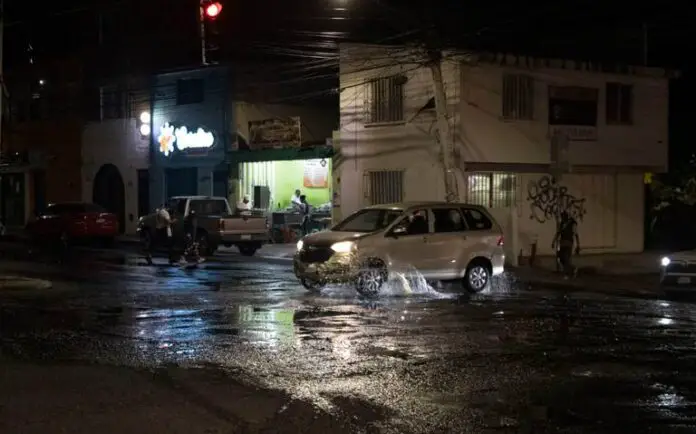It will work on 350 kilometers of pipes in the metropolitan area
The State Water Commission (CEA) has already received the equipment donated by Microsoft that will serve to track leaks and clandestine intakes along 350 kilometers, with which it will work throughout February for its installation, reported Luis Alberto Vega Ricoy, executive director of the Queretaro operating agency.
The official said that the procedure was completed before the Customs, although it is a team that was donated by the company Microsoft; that is, what did not imply a cost for the state-owned company.
Vega Ricoy announced that the works will be carried out in February, but that in the coming days the media will be convened to announce that tool that will allow them to solve this problem.
Last December he explained that it is about the placement of sensors from England, with which the intention is to work on 350 kilometers of pipes in the metropolitan area.
“We are working in Cadereyta, but in the metropolitan area we are going to work on locating the places where there are more leaks,” argued Luis Alberto Vega Ricoy at the time.
He commented that the leak detection system, known as Doppler, aims to detect the leak when it starts under the ground, and not when it is already visible on the surface. For this, he clarified that various tests were carried out before its start-up.
The executive director indicated that of the 4 thousand liters of water per second that are supplied in the metropolitan area of Querétaro, 40 percent is wasted.
He specified that the main reasons for this waste are due to leaks, clandestine and misuse of the liquid, which is intended to work on the recovery of 20 percent of flows.
On another topic, the head of the CEA referred that the results have been good in the cleaning of the Querétaro River, in what corresponds to the first stage that is from the Devil’s Dam to Calesa.
He mentioned that the Sanitation area of the State Water Commission carried out an inspection in recent days, which showed that it is too early to talk about progress, although the water is clearer at the last point which is just that of Calesa.
He added that the second stage will be upstream, from La Cañada (Devil’s Dam). “The idea is to make contiguous sections so that the progress is seen. It is a matter of the microorganisms, the enzymes doing their work, which is a maturation time of about three months.”
Source: Diario de Queretaro







